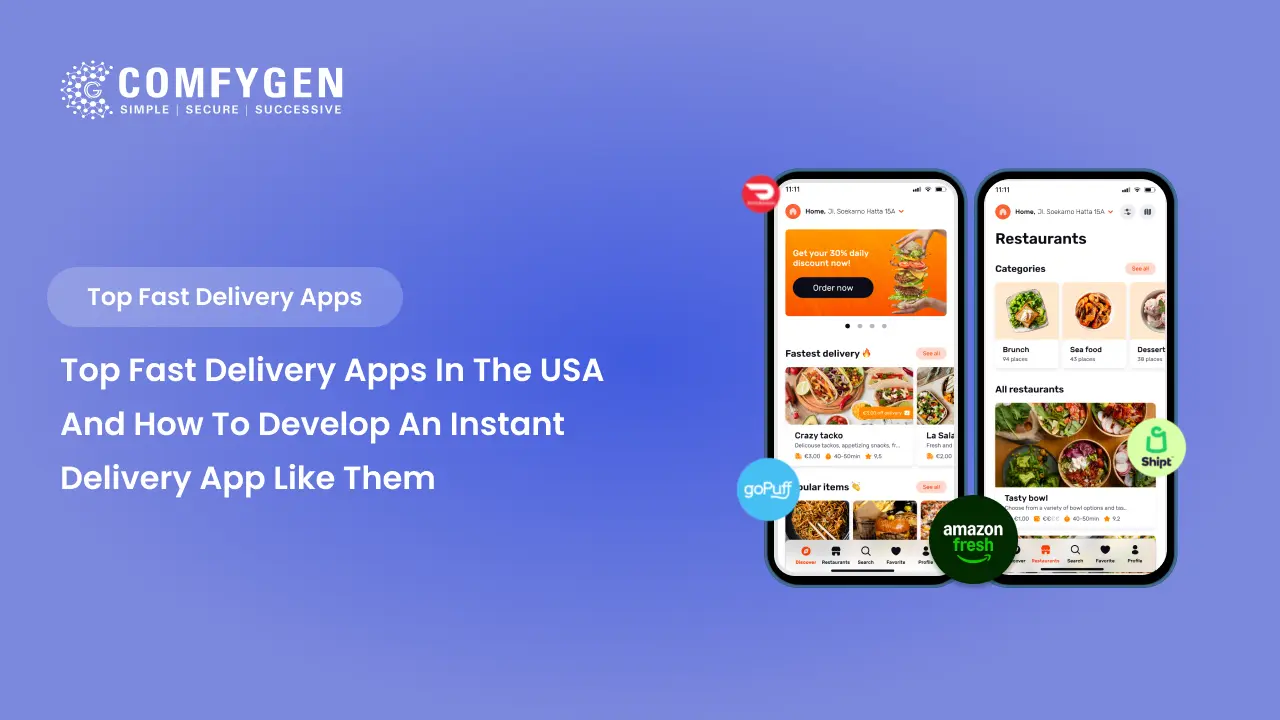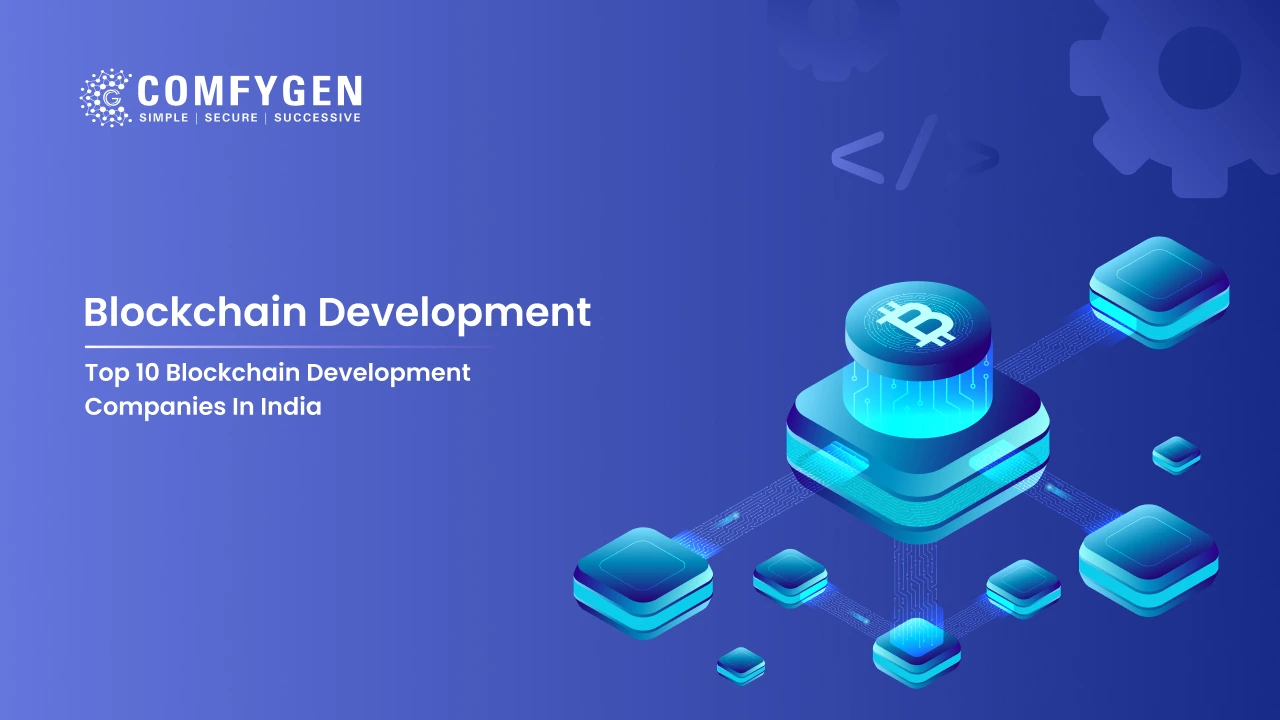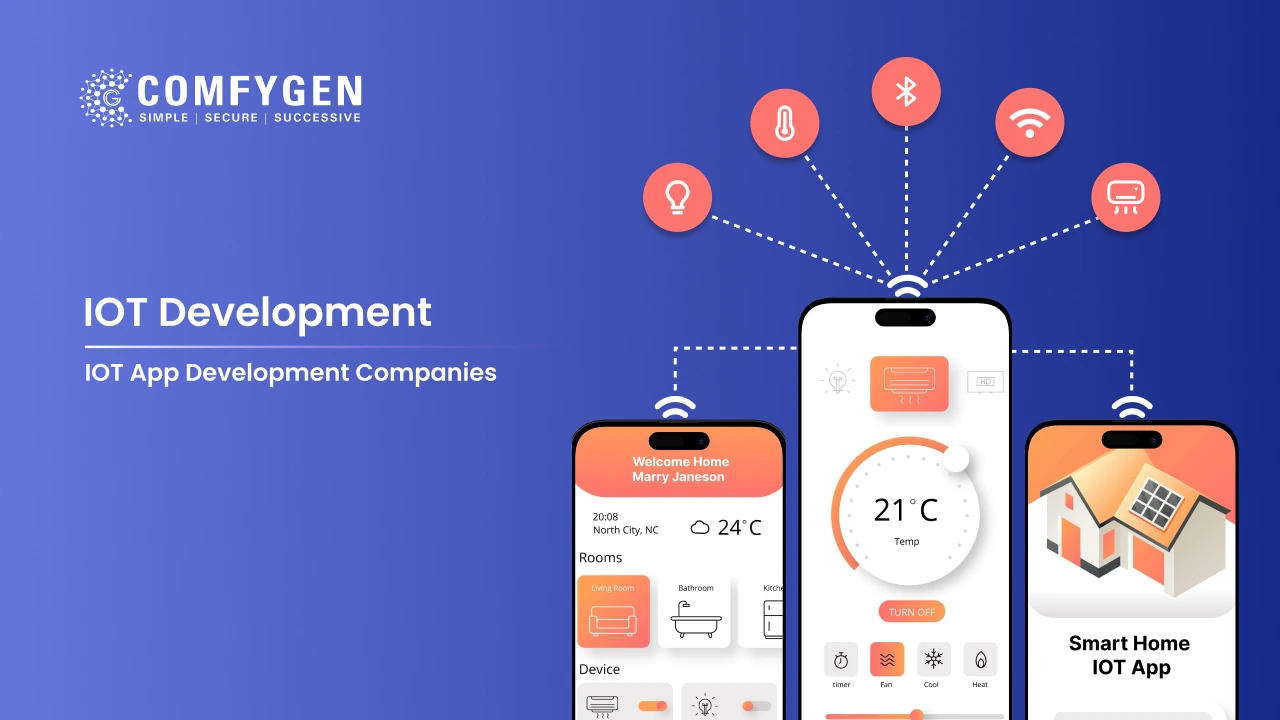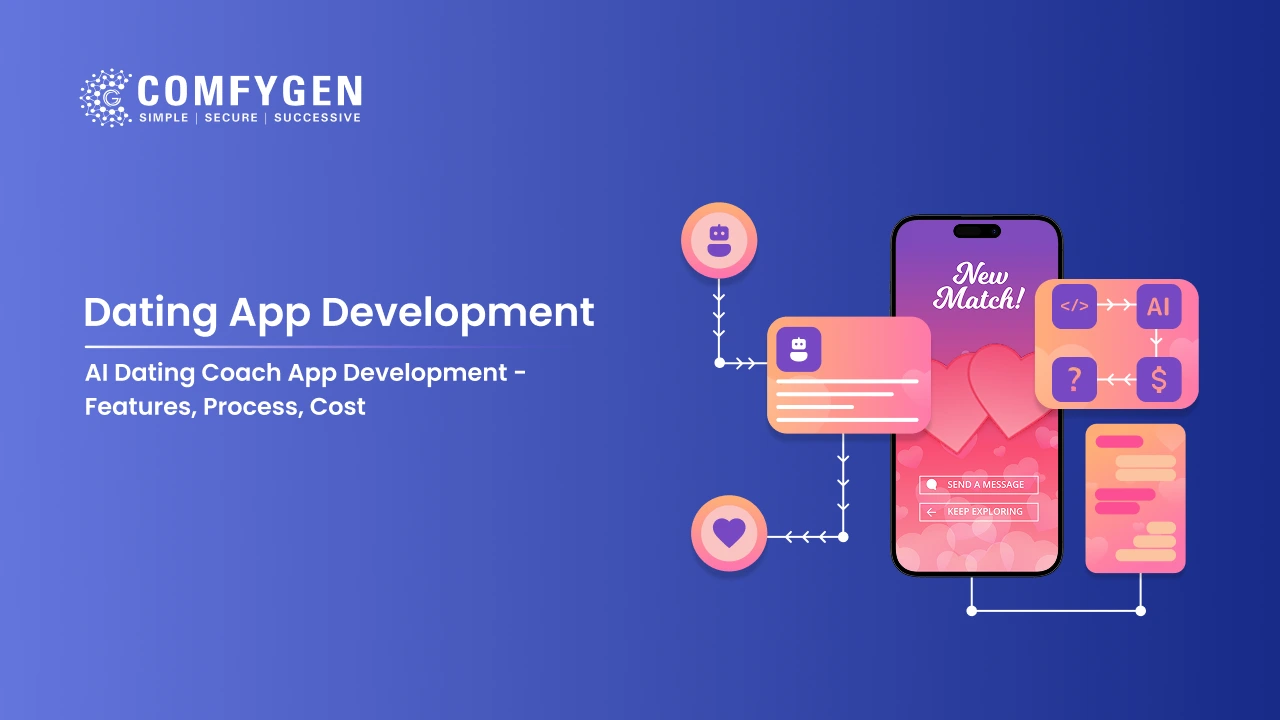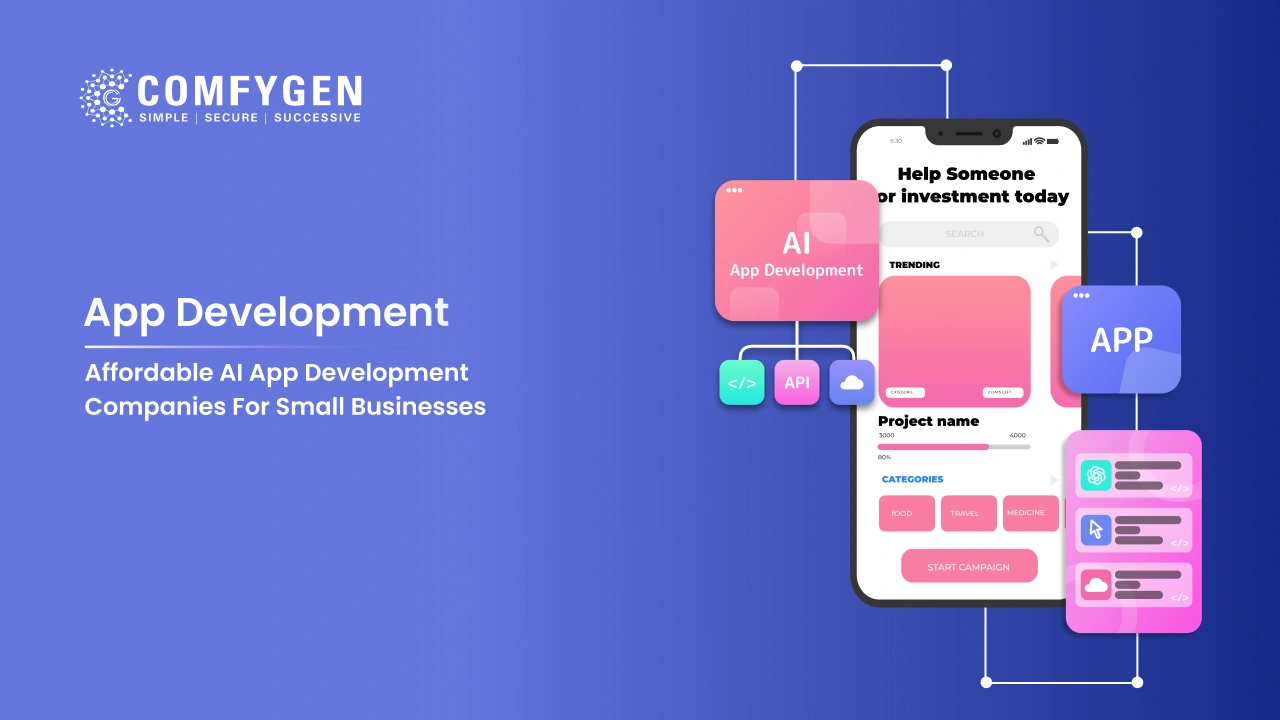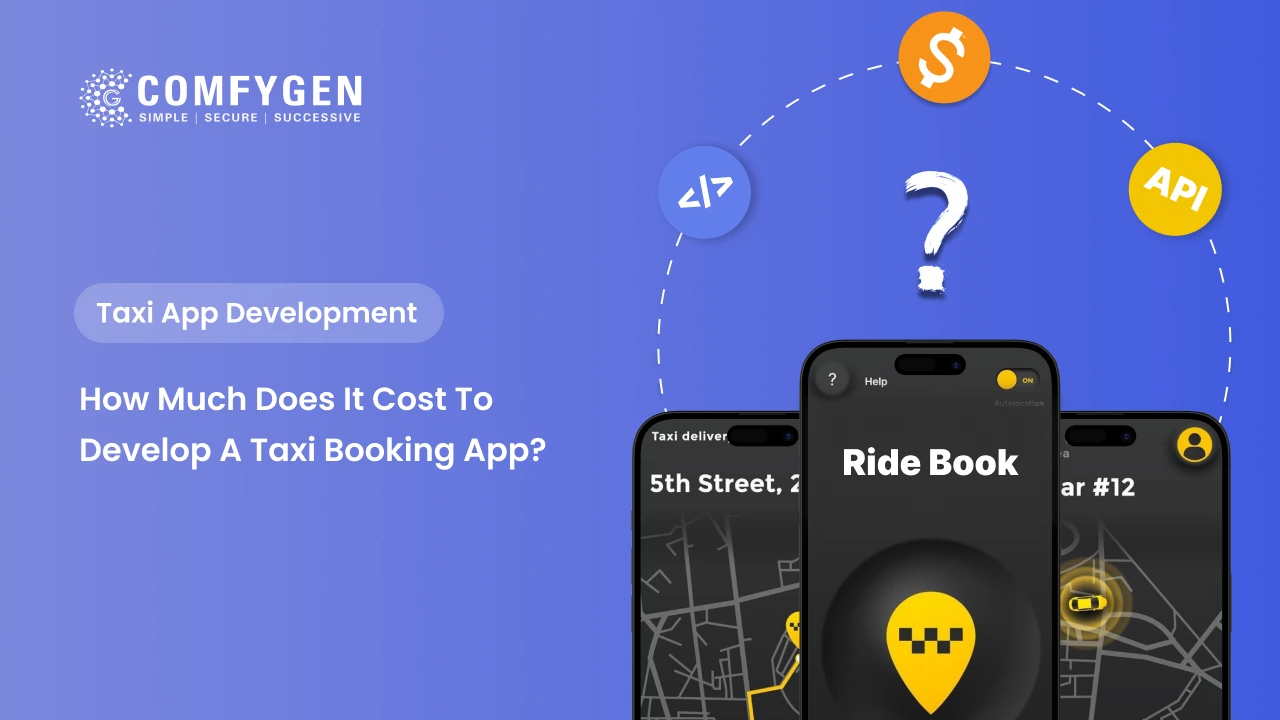The rise of fast delivery apps and Quick Commerce App Development models is fueled by growing urban populations, hectic lifestyles, and widespread smartphone access. Add to that the COVID-19-induced shift in consumer behavior, booming e-commerce, and seamless mobile payments—making instant delivery a daily expectation.
Top Fast Delivery Apps in the USA and How to Develop an Instant Delivery App Like Them
In today’s hyper-connected world, speed is everything. Whether it’s food, groceries, medicine, or convenience items, consumers want it now. That demand has led to the meteoric rise of fast delivery apps in the USA, revolutionizing how we shop, eat, and live. This also includes the surge of the Quick Commerce App model that focuses on delivering essentials within minutes.
If you’re considering building your own instant delivery app, learning from the Top Food Delivery Apps in the USA is essential. This guide breaks down the top fast delivery apps in the USA and shares how to develop a Quick Commerce App like them with features of AI, blockchain, and logistics tech.
The Future of Fast Delivery and Instant Delivery Apps
The global same-day delivery market was valued at $10.8 billion in 2024 and is projected to reach $61.4 billion by 2033, growing at a CAGR of 21.3%. The on-demand delivery segment (including groceries, food, and essentials) is expected to hit $150+ billion globally by 2027. The USA is the leading region due to consumer expectations for convenience and urban logistics.
Future Predictions:
- By 2028, more than 30% of all urban orders will be fulfilled through instant delivery apps.
- The adoption of AI and autonomous delivery systems is expected to reduce costs by 30-40%.
Key Drivers:
- Urban population and busy lifestyles
- Increased smartphone and internet usage
- COVID-19-driven behavioral shift
- Growth of e-commerce and mobile payments
Market Segments:
Fast delivery apps cater to diverse segments such as groceries, ready-to-eat meals, alcohol, healthcare essentials, and electronics. This broad coverage allows businesses to tap into multiple revenue streams while meeting the instant needs of modern consumers.
- Groceries and essentials
- Prepared meals and food delivery
- Alcohol and beverages
- Medicines and healthcare products
- Electronics and gadgets
How AI is Transforming Instant Delivery Apps
AI is no longer optional in the fast delivery apps ecosystem. It’s a core enabler of speed, precision, personalization, and automation. From real-time route optimization to personalized recommendations and demand forecasting, AI is transforming how instant delivery apps operate and scale.
Core AI-Powered Features:
AI empowers fast delivery apps with smart capabilities like real-time route optimization, predictive inventory management, and dynamic pricing. It also enhances customer experience through personalized suggestions, instant chatbot support, and seamless operational automation.
- Route Optimization: AI calculates the fastest, least congested routes in real time.
- Inventory Prediction: Machine learning models predict demand to restock warehouses smartly.
- Personalization: AI offers tailored product recommendations based on browsing history and orders.
- Chatbots & Support: NLP-powered bots handle customer queries instantly.
- Dynamic Pricing: Algorithms analyze demand and adjust prices accordingly.
Benefits of AI in Fast Delivery Apps:
AI enhances the fast delivery apps benefits drive higher customer satisfaction and long-term loyalty.
- Increased delivery efficiency
- Improved user satisfaction through personalization
- Reduced fuel and operational costs
- Enhanced customer retention via smart engagement
Future of AI in Same Day Delivery Apps:
AI is set to revolutionize same-day delivery apps through advanced technologies that boost speed, automate fulfillment, and secure transactions. As systems grow smarter, delivery networks will become faster, safer, and more autonomous than ever before.
- Drone-based deliveries with AI-powered navigation
- AI-driven robotic fulfillment centers
- Real-time fraud detection in transactions
Want to develop an AI-based fast delivery app like Gopuff or Instacart?
Role of Blockchain in Instant Delivery Platforms
Blockchain plays a critical role in streamlining real-time logistics by enabling secure data sharing between stakeholders. It helps validate deliveries, automate smart contracts, and eliminate discrepancies across the supply chain.
Core Blockchain-Based Functionalities:
- Smart Contracts – Automate and enforce delivery SLAs (Service Level Agreements) with stores, riders, and customers.
- Supply Chain Transparency – Track every item from source to doorstep.
- Tamper-Proof Delivery Logs – Protect delivery data from manipulation.
- Token-Based Reward Systems – Build loyalty using decentralized tokens or NFTs.
- Digital ID Verification – Prevent fraud during alcohol, pharma, or age-restricted deliveries.
Benefits of Blockchain in Delivery Apps:
Blockchain adds a layer of trust and transparency to delivery apps by securely recording transactions, tracking orders, and verifying vendor authenticity. It reduces fraud, ensures data integrity, and strengthens customer confidence in every step of the supply chain.
- Improves accountability
- Increases user trust (especially in alcohol/pharma delivery)
- Reduces admin overhead
- Enables seamless vendor integrations
- Faster dispute resolution with immutable records
Use Cases Blockchain in Delivery Apps:
- Alcohol delivery apps like Drizly use blockchain to log age verification and deliveries.
- Groceries and pharma apps use it for traceability and supplier verification.
Looking to build a blockchain-powered instant delivery app like Drizly or Walmart InHome?
Future Technologies to Consider for Fast Delivery Apps
Want to stand out in 2025 and beyond? Here’s what you should add next:
Drone-Based Deliveries
FAA-approved drone corridors are fast becoming a reality. Drones enable ultra-fast small package deliveries within 10–15 minutes, making them ideal for suburban and rural zones where traditional delivery takes longer. These innovations are a game-changer for fast delivery apps in the USA looking to scale beyond dense metro regions.
Autonomous Ground Vehicles (AGVs)
Self-driving delivery robots are already active in universities and tech parks. They offer a reliable last-mile solution that cuts down costs and labor needs—an efficient edge for modern fast delivery apps in the USA.
Digital Twin Technology
Create real-time virtual models of delivery routes, customer behaviors, and warehouse logistics. These simulations help fast delivery platforms test operational strategies before real-world execution, reducing inefficiencies and delays.
Hyper-Personalized AI Engines
Leverage AI to recommend products based on real-time factors like user history, location, time of day, weather, and even trending items. This enhances user engagement and boosts conversion rates—an essential upgrade for any fast delivery app.
Voice-Activated Ordering
Integrate Alexa, Google Assistant, or Siri to allow users to place and track orders hands-free. This convenience is especially valuable for multitasking users or customers with disabilities.
AI-Powered Predictive Delivery
Use machine learning to forecast peak hours, popular items, and traffic conditions. Predictive algorithms enable smarter dispatching and tighter ETAs—key for competing with top fast delivery apps in the USA.
Augmented Reality (AR) for Smart Navigation
Equip delivery drivers with AR overlays for complex locations like apartments or business campuses, helping reduce failed deliveries and increase speed.
Blockchain for Transparent Logistics
Secure each transaction, partner contract, and delivery record with blockchain’s decentralized ledger. Transparency and fraud prevention are critical for building long-term customer trust.
IoT-Enabled Smart Lockers & Delivery Boxes
Enable round-the-clock delivery via smart boxes with digital access codes—ideal for gated communities, offices, or campuses.
Green Delivery Tech (EVs & Route Optimization)
Use electric vehicles and smart routing software to reduce carbon emissions. As sustainability becomes a competitive differentiator, green tech adoption is a must for future-ready delivery apps.
Top Fast Delivery Apps in the USA
1. Gopuff
Gopuff is a popular fast delivery app in the USA known for providing instant access to daily essentials like snacks, groceries, and household supplies. Operating in over 500 cities across the United States and recently expanding to the United Kingdom, Gopuff’s presence continues to grow. Its unique model of micro-fulfillment centers ensures rapid delivery within minutes, making it a go-to choice for urban convenience. Want to develop a fast delivery app like Gopuff? Use AI for predictive inventory management and route optimization. Blockchain can enhance supply chain transparency.
Key Features:
- AI-based stock prediction
- Real-time driver tracking
- Contactless delivery
Geographic Focus: College towns and cities across the U.S.
2. DoorDash
DoorDash is one of the most dominant fast delivery apps in the USA, offering a wide range of food and convenience store items. It is not limited to the U.S.; DoorDash has successfully expanded its operations to Canada, Australia, New Zealand, Japan, and Germany. Its global footprint and dynamic logistics systems have made it a blueprint for entrepreneurs looking to create an app like DoorDash.
Core Features:
- Smart routing with GPS and ETA tracking
- Smart menu with multiple languages
- Secure payment integrations
Geographic Reach: Available in all 50 states and expanding globally.
3. Amazon Fresh
Amazon Fresh delivers groceries and fresh produce seamlessly to customers through its Prime integration. While it’s only available in select U.S. cities, its integration with Amazon’s massive supply chain and logistics gives it an unmatched operational edge. This app is ideal for anyone aiming to build a high-scale quick delivery app similar to Amazon Fresh.
Key Features:
- Scheduled and same-day delivery
- AI-powered personalization
- Prime member discounts
Growth Strategy: Integrates with Amazon fulfillment centers for rapid expansion.
4. Shipt
Shipt focuses on same-day delivery from national retailers and operates exclusively in the United States, servicing over 5,000 cities. Its personal shopper model offers a human touch to the delivery experience. For those looking to develop an app like Shipt, understanding the U.S. retail landscape is essential.
Features:
- Personalized shopper communication
- Flexible scheduling
- Loyalty and reward systems
Target Market: Suburban families and retail partners.
5. Walmart InHome
Walmart InHome provides grocery delivery right into customers’ refrigerators, a service currently available in select metropolitan areas in the United States. The app combines IoT access tools with trained personnel and AI delivery scheduling, creating a futuristic delivery experience. Building an app like Walmart InHome means focusing on secure smart-home integrations and user trust.
Features:
- In-home access authentication
- AI delivery window optimization
- Integration with smart homes
Expansion Plans: Growing across major metros with Walmart stores.
6. 7NOW by 7-Eleven
7NOW by 7-Eleven ensures 24/7 delivery of snacks, beverages, and everyday essentials. This fast delivery service is operational across various urban and suburban regions within the United States. Its emphasis on convenience and round-the-clock availability makes it an attractive model for entrepreneurs seeking to develop a same day delivery app like 7NOW by focusing on proximity-based delivery zones powered by AI. Blockchain can aid in inventory tracking between franchise locations.
Features:
- Hyper-local delivery
- Real-time driver location
- Quick reordering
Target Demographic: Late-night shoppers and urban residents.
7. Instacart
Instacart is a household name for grocery delivery in North America, serving both the United States and Canada. By partnering with thousands of retailers, Instacart allows users to order from their favorite local stores with real-time updates. Entrepreneurs looking to create an instant delivery app like Instacart should focus on AI-driven product suggestions and seamless multi-store checkout systems.
Key Features:
- Real-time shopping updates
- Shopper ratings
- Store-specific promotions
Geographic Footprint: Nationwide with partnerships across major retailers.
8. Uber Eats
Uber Eats, a global leader in food and essentials delivery, is available in more than 45 countries and over 11,500 cities worldwide. Its vast delivery network and strong logistics engine make it a top contender in the fast delivery space. Businesses wanting to build a fast delivery app like Uber Eats should emphasize driver dispatch intelligence and smart routing.
Features:
- Dynamic pricing
- Live GPS tracking
- Promotions & loyalty
Expansion Focus: Urban centers and international markets.
Also Read: Top Food Delivery Apps in India
9. FreshDirect
FreshDirect specializes in delivering high-quality groceries directly from farms and producers. Its operations are concentrated in the Northeast United States, including New York City and surrounding areas. Known for prioritizing freshness and product sourcing, It serves as a perfect example for those planning to develop a quality-centric fast delivery shopping app like FreshDirect
Features:
- Scheduled delivery
- Freshness alerts
- Subscription-based ordering
Growth Areas: Northeast USA and select urban areas.
10. Drizly
Drizly offers alcohol delivery within an hour and stands out for its focus on legal compliance and age verification. It previously operated in over 1,500 cities across 31 U.S. states and Alberta, Canada, and is now integrated with Uber Eats. If you’re aiming to create a regulated delivery app like Drizly, incorporating real-time ID verification and localized legal checks is key.
Features:
- Digital age verification
- Local partner integration
- Alcohol search filters
Expansion: Available in 100+ markets.
11. Postmates
Postmates, once a prominent on-demand delivery app in over 550 U.S. cities and briefly in Mexico City, is now integrated into Uber Eats. Known for delivering a wide range of products, from food to electronics, it became a go-to app for flexible delivery. Postmates’ success story is a solid case study for entrepreneurs building all in one delivery platform like Postmates
Key Features:
- Versatile product range
- Smart scheduling
- Contactless payments
Expansion Model: Metro-first, followed by suburb rollouts.
12. Jokr
Jokr focuses on delivering everyday items within 15 minutes using a limited SKU model and strategically located dark stores. It operates in select major U.S. cities and is gradually scaling. For those developing a fast delivery app like Jokr, emphasis on speed, curated inventory, and smart analytics is crucial.
Features:
- Lightning-fast fulfillment
- Limited product inventory
- Subscription discounts
Markets: Expanding across major U.S. cities.
13. Eat24
Eat24, once a thriving food delivery platform, was acquired and merged into Grubhub. Before the merger, Eat24 operated extensively across the United States and was known for its user-friendly interface and wide restaurant options. Its legacy still influences modern delivery apps, and it’s a great reference point for UI/UX design and app functionality. If you want to build a fast food delivery app like Eat24, consider key features of food delivery app development such as AI-powered search filters, meal categorization, and customer preference tracking.
Legacy Features:
- Restaurant reviews
- Live order tracking
- Seamless checkout
Takeaway: Learn from its UI/UX legacy for new apps.
14. Gorillas
Gorillas provides 10-minute grocery delivery through micro-warehouses and eco-friendly transportation like e-bikes. Though it initially expanded into U.S. metros, it currently operates primarily in European markets. Entrepreneurs who want to build a fastest delivery app like Gorillas should explore hyper-local fulfillment strategies and real-time demand forecasting.
Top Features:
- Hyperlocal fulfillment
- Eco-friendly delivery
- AI demand prediction
Target Areas: Urban hubs with dense population.
15. Getir
Getir became well-known for ultra-fast grocery delivery, with operations in Turkey, parts of Europe, and select U.S. cities. However, due to operational restructuring in 2024, it now functions exclusively in Turkey. Despite the pullback, Getir set industry benchmarks for speed and service availability that many new apps continue to replicate. If you want to develop a same day delivery app like Getir, use AI to manage stock levels dynamically and personalize offers. Blockchain helps authenticate vendor deliveries.
Essential Features:
- One-click ordering
- Live delivery updates
- Reorder history
Geographic Plans: Expanding aggressively into U.S. metros.
Key Features You Must Include in a Fast Delivery App
To succeed in the fast delivery industry, your app must offer seamless functionality and real-time efficiency. Essential features like GPS tracking, AI-based fast delivery app estimates, smart inventory tools, secure payments, and blockchain-backed order auditing help ensure speed, transparency, and customer satisfaction.
- Real-time GPS tracking
- In-app chat and notifications
- AI-based delivery estimation
- Smart inventory management
- Secure payments and refunds
- Multiple vendor integrations
- Blockchain-powered order auditing
Final Thoughts
The fast delivery apps in the USA market is booming and shows no signs of slowing down. By integrating AI to scale efficiency and blockchain to build trust, you can craft an instant delivery app that meets modern consumer expectations while securing a competitive edge.
Whether you’re aiming to build the next Gopuff, Instacart, or Drizly, the key lies in combining technology, trust, and user experience to deliver excellence instantly.
Whether you’re targeting groceries, meals, medicine, or alcohol delivery, success lies in:
- Using AI features for smarter routing, predictions, and personalization
- Integrating blockchain for secure, transparent delivery tracking
- Offering real-time convenience and hyperlocal delivery models
- Embracing innovations like drones, IoT, and automation
- Focusing on UX, customer support, and logistics precision
If you’re planning to develop a fast delivery app or build a same-day delivery solution like Gopuff, Instacart, or Uber Eats? Now is the best time to ride the digital wave. Don’t just launch an app—launch an experience that defines the future of delivery.
FAQs
How can I develop a fast delivery app like Gopuff?
To build an app like Gopuff, you need micro-warehouse logistics, real-time tracking, AI inventory management, and a seamless UI. Partner with a tech team experienced in on-demand app development.
What are the key features of a successful instant delivery app?
Essential features include real-time order tracking, smart routing, AI-powered product suggestions, secure payments, live ETA updates, and push notifications.
How much does it cost to build a delivery app like DoorDash or Instacart?
Development costs range between $30,000 to $200,000+ depending on app features, tech stack, scalability, and integrations like AI or blockchain.
Can I create a fast delivery app with AI integration?
Yes. AI helps with delivery time prediction, dynamic routing, personalized offers, customer segmentation, and chatbot support for a smoother user experience.
Is blockchain useful in building a same-day delivery app?
Absolutely. Blockchain ensures secure transactions, verifies delivery steps, and supports digital contracts with vendors and delivery partners.
What’s the difference between a quick delivery app and a regular delivery platform?
Quick delivery apps focus on ultra-fast delivery (10–30 minutes), smaller inventory, local hubs, and real-time availability, unlike traditional apps.
How do I ensure user data security in my fast delivery app?
Use end-to-end encryption, blockchain-backed transaction logs, secure cloud storage, and GDPR-compliant data practices.
What are the best tech stacks for creating an app like Uber Eats?
Popular tech stacks include React Native or Flutter for frontend, Node.js or Django for backend, MongoDB for database, and AWS/GCP for hosting.
How do fast delivery apps make money?
Revenue comes from delivery fees, commissions, surge pricing, in-app ads, premium subscriptions, and partnerships with retailers.
Can I launch a fast delivery app in a specific city and then scale?
Yes. Many successful apps like Gorillas and Jokr started hyper-locally. Start small, test operations, then scale based on logistics and demand analytics.

Mr. Saddam Husen, (CTO)
Mr. Saddam Husen, CTO at Comfygen, is a renowned Blockchain expert and IT consultant with extensive experience in blockchain development, crypto wallets, DeFi, ICOs, and smart contracts. Passionate about digital transformation, he helps businesses harness blockchain technology’s potential, driving innovation and enhancing IT infrastructure for global success.
Based on Interest

Crypto Token Development
11 December 2025
Create a Crypto Token for Your Business with Blockchain Technology
Blockchain technology evolution is transforming every industry with its secure parameters, transparency, and interoperability. Additionally, the tokenization market is growing from $2-3…

